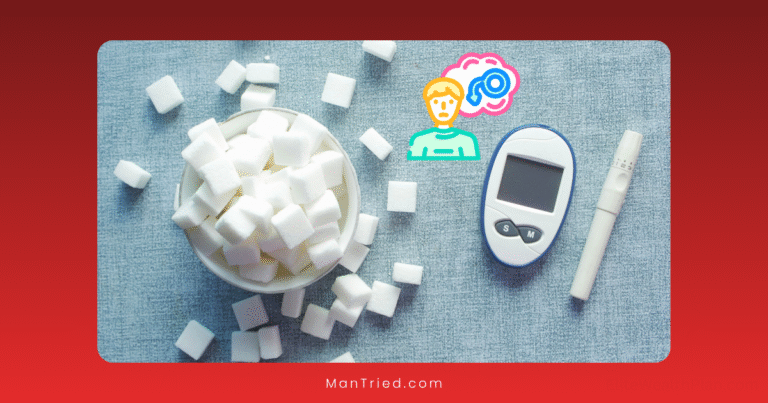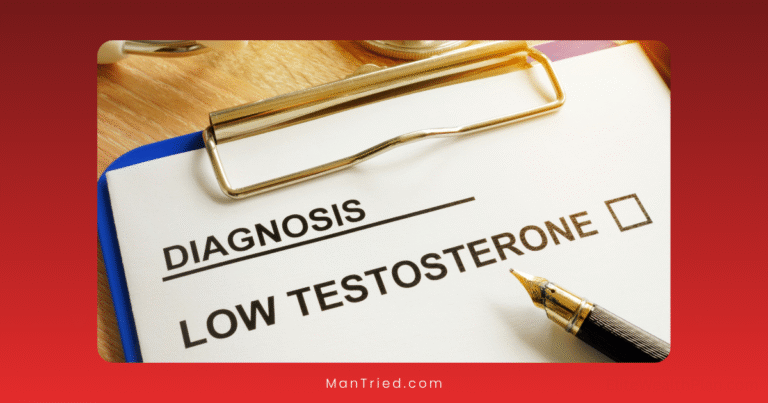The ED Epidemic: Why Rates Are Rising Among Younger Men in 2025

For decades, erectile dysfunction (ED) was primarily considered an older man’s problem. But a troubling trend has emerged in recent years that’s forcing medical professionals to rethink everything they thought they knew about this condition. Today, an alarming number of men in their 20s and 30s are experiencing difficulties with erectile function—creating what some health experts are now calling an “ED epidemic” among younger generations.
The Shocking Statistics
Recent studies paint a concerning picture. According to research published in the Journal of Sexual Medicine, nearly 18% of men aged 18-24 and 13.3% of men aged 25-34 now meet the diagnostic criteria for erectile dysfunction. Even more alarming, data from Yale University researchers indicates a 31-fold increase in young men aged 14 to 21 seeking medical help for ED over the past decade.
“What we’re seeing is unprecedented,” says Dr. Michael Hartman, urologist at Boston Medical Center. “One in four men under 40 are now believed to experience ED—a statistic that would have been unthinkable just 20 years ago.”
The global implications are equally concerning. The National Institutes of Health projects that by the end of 2025, erectile dysfunction will affect approximately 322 million men worldwide—a figure that continues to climb faster than previously predicted.
Why Is This Happening Now?
The causes behind this surge in younger men experiencing ED are complex and multifaceted. Unlike older men, where physical factors often predominate, younger men’s ED frequently involves an interplay of psychological, lifestyle, and physiological factors.
The Digital Factor
One of the most discussed contributors is the ubiquity of digital pornography. Studies have linked higher rates of ED with men who began consuming pornography at younger ages. The constant dopamine hits from pornographic content can potentially rewire neural pathways, creating unrealistic expectations and desensitization that make real-life sexual encounters less stimulating.
“The brain adapts to these supernormal stimuli,” explains Dr. Jennifer Lopez, sexual health psychologist. “When young men then engage in real-world intimacy, they may find themselves unable to achieve or maintain an erection because their arousal threshold has been artificially elevated.”
The Stress Epidemic
The modern young man faces unprecedented levels of stress. A 2025 study found that nearly two-thirds of young men reported moderate-to-high stress levels—significantly higher than previous generations at the same age.
Financial pressures are particularly acute. With skyrocketing housing costs, student debt, and job insecurity, many young men feel constant economic anxiety. Add to this climate concerns, political polarization, and the lingering psychological effects of the COVID-19 pandemic, and you have a perfect storm for performance anxiety.
Physical Health Factors
While psychological causes may explain up to 85% of ED cases in younger men, physical factors shouldn’t be overlooked:
- Venous leaks: The most common physiological cause, preventing blood from remaining trapped in the penis during an erection
- Cardiovascular issues: Young men with unexplained ED have up to a 50-fold increased cardiovascular risk compared to age-matched controls
- Hormonal imbalances: Approximately 10.7% of young men with ED exhibit low testosterone levels
- Medication side effects: About 25% of all ED cases are thought to be medication-related, with antidepressants being common culprits
Lifestyle Choices
The lifestyle choices of younger generations are also contributing factors:
- Diet: Regular consumption of processed foods and high sugar intake negatively impact vascular health
- Sedentary behavior: Decreased physical activity correlates with higher ED rates
- Substance use: Alcohol, cannabis, and other recreational drugs can all impair erectile function
- Sleep deprivation: Poor sleep quality directly impacts hormone production and sexual function
The COVID-19 Connection
The pandemic appears to have accelerated existing trends. Isolation, disrupted routines, and deteriorating mental health created a perfect storm for sexual dysfunction. According to research from PMC, COVID-19 contributed significantly to the surge in reported ED cases through multiple pathways:
- Increased stress and anxiety
- Reduced physical activity during lockdowns
- Changes in relationship dynamics
- Direct physiological effects of the virus on vascular health
The Hidden Mental Health Crisis
Perhaps most concerning is the bidirectional relationship between ED and mental health. Depression increases ED risk by approximately 39%, while men with ED are nearly three times more likely to develop depression.
Despite this clear connection, a 2025 evaluation of over 450 ED clinical trials found that fewer than 8% addressed mental health issues—highlighting a significant gap in treatment approaches.
“We’re seeing a vicious cycle,” notes Dr. Sarah Williams, psychiatrist. “ED causes psychological distress, which then exacerbates the erectile difficulties. Breaking this cycle requires addressing both the physical and psychological components simultaneously.”
Treatment Approaches for Younger Men
The good news is that ED in younger men is highly treatable, especially when addressed early. Treatment options include:
Lifestyle Modifications
Simple changes can yield significant improvements:
- Regular exercise (particularly aerobic)
- Improved sleep hygiene
- Stress management techniques
- Reduced alcohol and recreational drug use
- Balanced nutrition
Psychological Support
- Cognitive-behavioral therapy has shown outcomes comparable to pharmacologic treatments for non-organic ED
- Mindfulness-based approaches to reduce performance anxiety
- Relationship counseling when partner dynamics contribute to the issue
Medication and Medical Interventions
- PDE5 inhibitors (Viagra, Cialis, etc.) remain effective for many younger men
- Emerging treatments like shockwave therapy show promise
- Addressing underlying conditions like hormone imbalances or vascular issues
Breaking the Silence
Perhaps the most significant barrier to addressing this epidemic is silence. Despite affecting nearly 15% of American men under 40, only 25% of men with ED receive treatment. The stigma surrounding sexual dysfunction prevents many young men from seeking help.
“The shame associated with ED can be devastating,” says relationship therapist Dr. Robert Chen. “Many young men suffer in silence, believing they’re alone in their experience, when in reality, millions of their peers are facing the same challenges.”
Looking Forward
As we move through 2025, addressing the ED epidemic among younger men requires a multifaceted approach:
- Increased awareness about the prevalence of ED in younger populations
- Better education about the potential impacts of pornography, stress, and lifestyle choices
- Reduced stigma to encourage men to seek help earlier
- Integrated treatment approaches that address both physical and psychological factors
- Continued research into the unique causes and most effective treatments for younger men
The rising rates of erectile dysfunction among younger men represent not just a sexual health crisis, but a broader indicator of the physical and psychological pressures facing today’s young men. By acknowledging the problem and addressing its root causes, we can help reverse this troubling trend.
If you’re experiencing erectile difficulties, remember that you’re not alone, and effective help is available. Speak with a healthcare provider about your concerns—the sooner you address the issue, the better your outcomes are likely to be.






